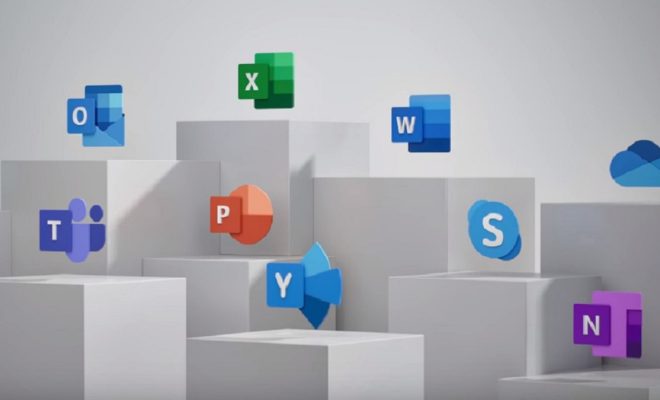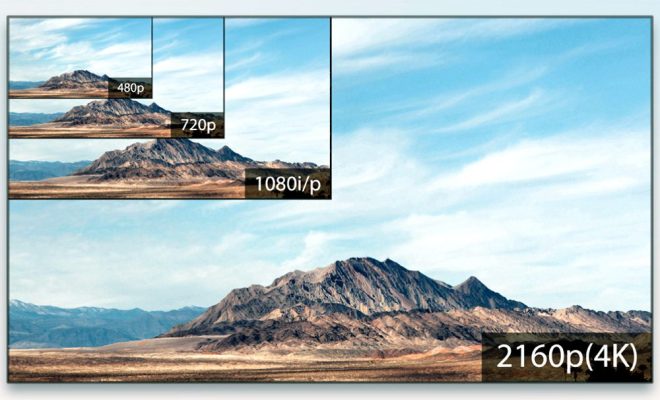What is a Java Object?

Java is a popular programming language used for developing desktop applications, web applications, and mobile applications, among other things. In Java, everything is an object, which makes it an object-oriented language. Objects are the fundamental building blocks of a Java program. They’re used to represent real-world entities, such as people, cars, and houses, as well as abstract concepts, such as numbers and text.
In Java, an object is an instance of a class. A class is a blueprint or template that defines the structure and behavior of an object. It specifies the fields or data members that an object contains, as well as the methods or operations that an object can perform. Fields are used to represent the state of an object, while methods are used to modify or interact with that state.
For instance, if we wanted to create an object that represents a car, we would create a class called Car. This class might have fields like color, make, and model, and methods like start(), accelerate(), and brake(). We can then create instances of the Car object by instantiating the Car class, which creates a new object with its own set of fields and methods.
Objects are used throughout a Java program to enable communication between different parts of the program. For example, if we wanted to pass data from one method to another, we could create an object that represents that data and pass it as an argument. We could also create objects that contain other objects or that reference other objects in memory.
In addition to the classes and objects that are built into Java, programmers can also create their own classes and objects to represent the specific needs of their programs. This makes Java a flexible and powerful language that can be adapted to a wide variety of tasks and applications.
In conclusion, a Java object is an instance of a class that represents a real-world entity or an abstract concept. It contains fields that represent the state of the object and methods that allow the object to interact with that state. Objects are used throughout a Java program to enable communication and to represent the different elements of the program’s logic. By understanding what objects are and how they work, programmers can create effective and efficient Java programs that are tailored to their specific needs.






